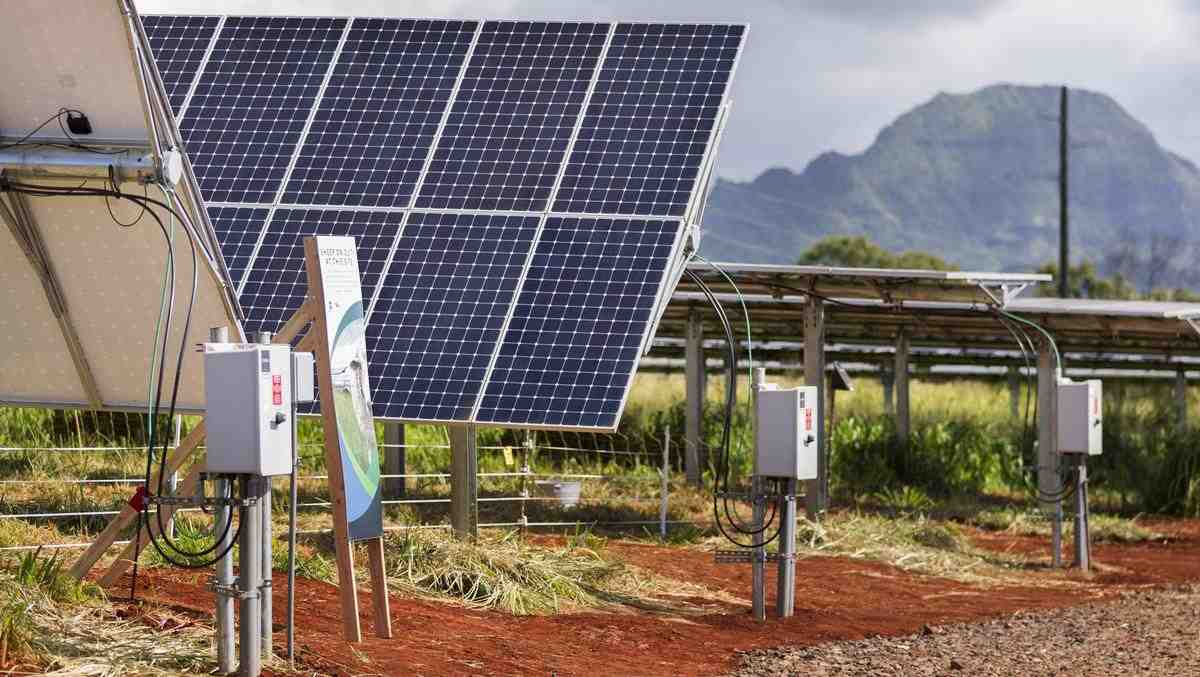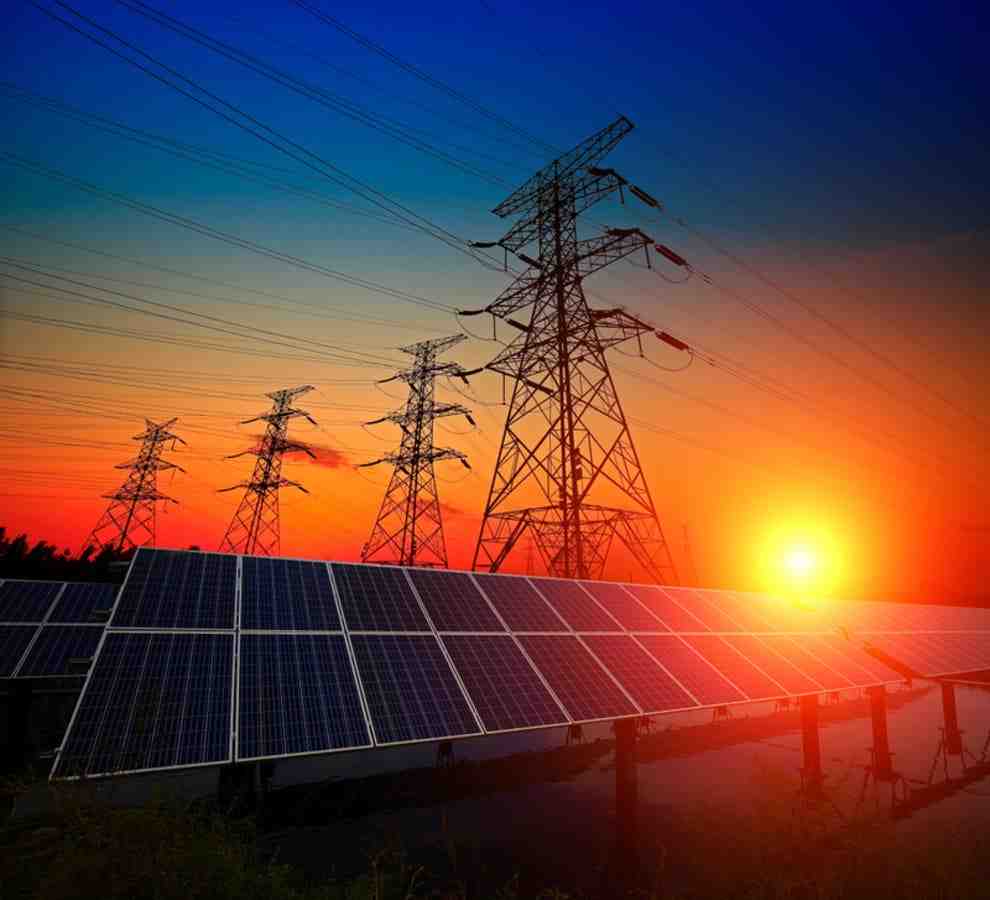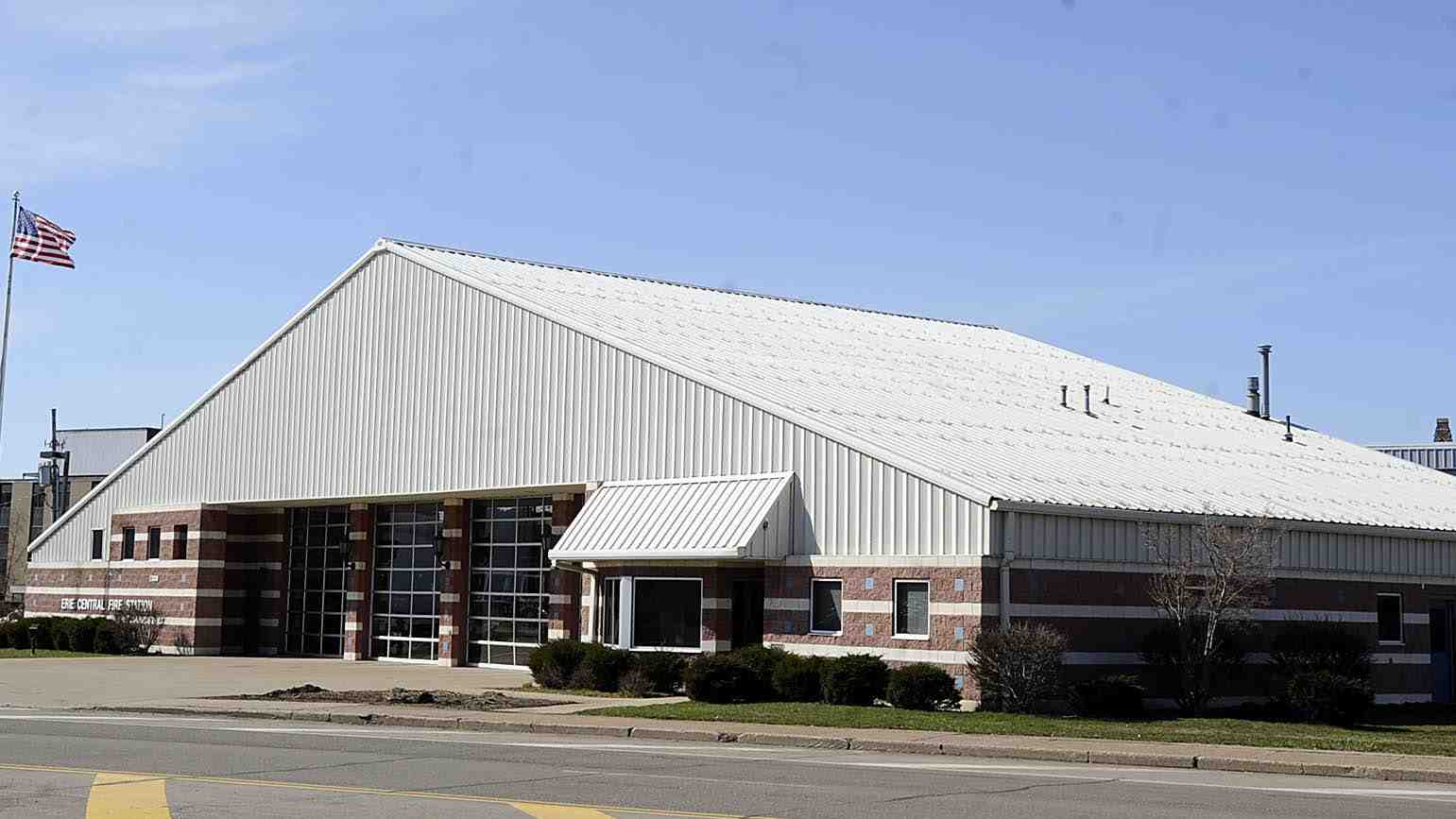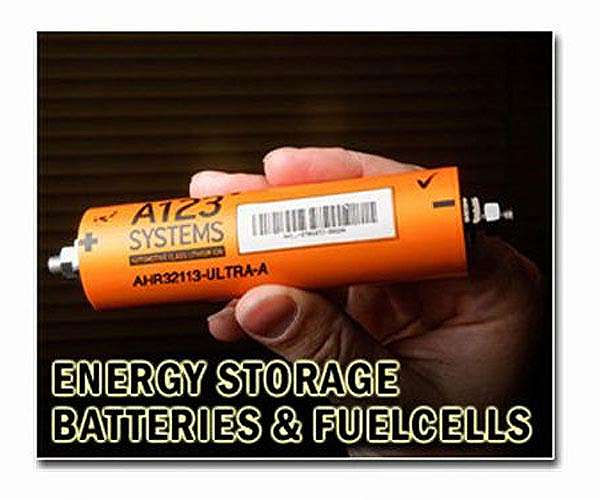The United States now has more than 121 gigawatts of installed solar energy capacity, according to a new report, which is enough to power more than 23 million homes. The amount of solar energy installed in the top nine cities combined is higher today than in the entire country 10 years ago.
The report by non-profit organization Environment America and research firm Frontier Group found that of 56 cities surveyed, 15 reported a tenfold increase in solar capacity – the maximum amount of power that can be generated from solar energy – between 2014 and 2022.
Honolulu leads the way in solar capacity per person, followed by Las Vegas and San Diego, according to the report.
But it’s not just the sunniest cities that have embraced the solar revolution, according to Johanna Neumann, senior director of Environment America’s campaign for 100% renewable energy. Cities like Portland, Oregon, and Buffalo, New York — places you might not associate with the sun — had 50 to 100 watts of solar power per person at the end of 2021.
“One of the most critical elements of this report is that solar power can meet our needs anywhere,” Neumann told CNN. In the report, “you find cities that are leading the way in solar power, even in the rainy Pacific Northwest or the snowy Northeast. And the truth is, the sun shines on every city in America, and no matter how sunny, any city can position itself to harvest this abundant, free, non-polluting solar energy if they adopt pro-solar policies.”
When the groups released their first solar report in 2014, only eight cities had at least 50 watts of solar power per installed person.
“When I think back to the first time we published [this report], solar energy was still in its infancy; it was in its infancy in the United States,” Neumann said. “And now this report really shows how big cities have come to harness the immense power of the sun.”
Honolulu – the nation’s first solar generator – has 1,133 watts of installed solar capacity per person, which equates to more than three solar panels for every person in the city. Neumann said that in 2014, the scale of Honolulu’s current solar deployment was a “chimera” for American cities.
Edwin Cowen, a professor of civil and environmental engineering at Cornell University, said it’s “impressive how geographically spread out” the cities with the most solar capacity are.
“We expect Honolulu to have high installation levels due to high electricity costs and abundant sunshine, but the fact that Burlington, Vermont is on the list demonstrates that it is This is technology for every city and every state,” Cowen, who was not involved in the report, told CNN.
Cities – home to more than half of the world’s population – are key to tackling the climate crisis, in part because of the potential to derive a significant amount of their energy from solar power. A recent United Nations report on climate change concluded that electricity generated from wind and solar power is now cheaper in many places than electricity from coal, oil and gas.
The report also compared cities’ solar capacity by region. Some Midwestern cities are beginning to emerge, with just under 25 watts of solar capacity per installed person. Over the past two years, cities like Oklahoma City, Columbus, and Memphis have moved up the ranks.
“It underscores the fact that it’s not the amount of solar power that hits your city, it’s the political leadership to put policies in place that allow people to harness the power of the sun,” Neumann said.
The recent boom in solar energy is largely due to favorable public policies. Government renewable energy tax credits have strongly encouraged the deployment of solar energy. Solar energy is also financially attractive to many homeowners and businesses. When combined with battery storage, generating your own solar power can protect you from fluctuating fossil fuel pricing and power outages caused by extreme weather conditions.
Local initiatives, such as allowing utilities to credit solar home owners for delivering power to the grid, have also contributed to the increase in solar capacity. At the same time, the report notes that some states that have favored fossil fuels are reversing these net metering policies. The Florida legislature, for example, recently passed a bill that would reduce these financial benefits. This bill awaits the signature or veto of Governor Ron DeSantis.
Cowen said solar’s growth rate has been roughly linear, although it has increased recently. But he said solar growth must be exponential.
“Given the geopolitical situation, the Ukraine-Russia war, and the role that fossil fuels have currently and historically played in geopolitical tensions, it is imperative that the United States do everything in its power to accelerate the transition to renewable energy,” he said. “The call for the continuation and expansion of financial support for solar energy, particularly the Solar Investment Tax Credit, is vital.”
Neumann described Americans as “energy hogs,” compared to the rest of the world, using more energy than necessary. For this reason, only by adopting strong policies to make the transition to solar easy and affordable for utilities, businesses and homeowners, she said, can the world help curb the climate crisis and reduce pollution from fossil fuels.
“We need solar power to continue to grow rapidly for the rest of this decade, and we need other renewable energy sources like offshore wind to also come online at scale,” he said. Neumann said. “Not only will we have cleaner air to breathe, healthier communities, but we will also have the best chance of keeping global temperatures at a level that will prevent the worst impacts of climate change. Clean energy growth must be a key part of that.”
™ & © 2022 Cable News Network, Inc., a WarnerMedia company. All rights reserved.
Stacker compiled the highest paying jobs in Columbus, GA-AL using data from the US Bureau of Labor Statistics. Click for more information.
What city in the US leads the United States in solar energy per person?

Honolulu leads the United States in solar energy per person among the cities surveyed, followed by San Diego; Albuquerque, New Mexico; San Jose, California; and Burlington, Vermont. On the same subject : Solar turbines san diego linkedin.
Which U.S. states use solar power the most?
Who is the largest producer of solar energy in the US?
The largest solar panel maker in the United States by capacity is First Solar, headquartered in Arizona. This may interest you : Solar energy companies san diego. It opened a plant in Ohio which brought its total capacity in the United States to 1.9 GW!
Where is the biggest solar farm in the US?
Completed in June 2015, Solar Star is the largest solar farm in the United States and also the largest in the world. The factory has approximately 1.7 million solar panels on more than 13 square kilometers in Kern and Los Angeles counties, California.
Where is the solar energy potential the greatest in the US?
Honolulu is the first solar-powered city in the United States. The city has 840.88 watts of solar photovoltaic capacity per capita and a total of 292.12 megawatts installed. Just behind Honolulu in second place is San Diego, with 294.8 watts per capita and a total of 420.38 megawatts installed.
What region in the US has the largest potential for solar energy?
Hawaii. Honolulu is the nation’s leading city for installed solar photovoltaic capacity per capita. Hawaii’s capital led the state to a total of 564 MW of solar capacity, which is enough to power 146,000 homes.
Where in the US is best for solar energy?
Best places in the United States to have solar panels
- Hawaii. This is not surprising considering the amount of glorious and strong sunshine they receive each year. …
- Northern California. …
- New Jersey. …
- Florida. …
- Colorado. …
- Nevada.
Where does America get its energy?

In the United States, energy comes mainly from fossil fuels: in 2020, data showed that 35% of the country’s energy came from oil, 10% from coal and 34% from natural gas.
What is the main source of energy in the United States 2021? Oil is the main source of energy in the United States.
What is the leading source of energy used in the United States today quizlet?
Today, the three resources that provide the majority of the energy used in the United States and around the world – in increasing order of importance – are oil, coal and natural gas.
What is the leading source of energy used in the United States in 2019?
Primary energy consumption by source in the United States 2019-2020 Up close, the United States had 31.5 quadrillion British thermal units of energy derived from natural gas. Oil is the main source of energy in the United States.
What is the leading source of energy used in the United States today?
Natural gas was the largest source – about 40% – of electricity generation in the United States in 2020. Natural gas is used in steam turbines and gas turbines to generate electricity. Coal was the third-largest energy source for electricity generation in the United States in 2020 – around 19%.
What is the leading source of energy used in the United States today 2021?
Oil. Oil is America’s largest source of energy, accounting for 40% of US energy consumption. According to data from the Energy Information Administration, the United States produces about forty percent of the oil it uses.
What are the major sources of energy in the United States?
Sources of energy in the United States
- Natural gas: 31.8%
- Petroleum (crude oil and natural gas plant liquids): 28%
- Coal: 17.8%
- Renewable energy: 12.7%
- Nuclear power: 9.6%”
What are the 3 biggest sources of energy for the United States?
Sources of energy in the United States “The three major fossil fuels – petroleum, natural gas and coal – combined accounted for approximately 77.6% of primary energy production in the United States in 2017: Natural gas: 31.8% Oil (crude oil and vegetable liquid natural gas): 28% Coal: 17.8%
Where is the largest solar farm in North Carolina?

At 4 MW, Carol Jean Solar at Walnut Cove is among the largest solar installations in North Carolina. This project has sufficient electrical capacity to power more than 451 homes.
How many solar farms are there in North Carolina? Today, the state is home to approximately 670 solar installations totaling just over 5,000 MW of capacity. Among all sources of electricity generation, there are over 1,100 power plants in the state, totaling over 38,000 MW of capacity.
Are there any solar farms in North Carolina?
Solar power in North Carolina has grown rapidly, from less than 1 MW (megawatts) in 2007 to 6,152 MW in 2019, and has the second largest installed photovoltaic capacity of any US state. SunEdison has built a 17.2 megawatt solar farm in Davidson County.
Who builds solar farms in NC?
CHARLOTTE, NC – Duke Energy continues to expand solar power in North Carolina with the start of construction on its 22.6 megawatt (MW) Stony Knoll solar power plant. When completed, it will be the largest solar power station in Surry County. The project will be owned and operated by Duke Energy Sustainable Solutions.
Is North Carolina a good place to generate solar energy?
North Carolina is one of the nation’s top solar markets, which is not surprising given North Carolina’s strong net metering program, solar rebate incentives, and significant tax exemptions. Lots of sun and good incentives make North Carolina one of the best places to go solar in the country.
Where is the largest solar farm in North America being built?
Completed in June 2015, Solar Star is the largest solar farm in the United States and also the largest in the world. The factory has approximately 1.7 million solar panels on more than 13 square kilometers in Kern and Los Angeles counties, California.
Where is the largest solar farm in the world 2021?
Here is the largest list of solar power plants in the world:
- Noor Complex Solar Power Plant, Morocco.
- Kamuthi, Tamil Nadu, India.
- Longyangxia Dam Solar Park, China.
- Kurnool Ultra Mega Solar Park, India.
- Shakti Sthala, Pavagada, Karnataka, India.
- Topaz Solar Farm, Carrizo Plain of San Luis Obispo County, California.
What is the biggest solar farm in Canada?
Currently, the largest solar farms are both in Ontario: the Sol-Luce Kingston project and the Grand Renewable Energy Park, each with a capacity of 100 megawatts, according to the most recent information from Natural Resources Canada. This is no small part of why Alberta is leading the growth of renewable energy in the country.
How many acres is the largest solar farm in North Carolina?
Duke Energy continues to expand solar power in North Carolina with the start of construction of its 22.6 megawatt (MW) Stony Knoll solar power plant. When completed, it will be the largest solar power station in Surry County.
What is the largest solar farm in the US?
Solar Star, Kern and Los Angeles Counties Solar Star is the largest solar farm in the United States. When the farm was established in June 2015, it was the largest solar farm in the world. Solar Start has 1.7 million solar panels spread over more than 13 square miles in Kern and Los Angeles counties, California.
Who owns solar farms in NC?
A leader in renewable energy Duke Energy maintains more than 3,700 MW of solar power on its energy grid in North Carolina, which could power approximately 700,000 homes and businesses at peak power. The company also operates more than 40 solar installations in the state. North Carolina currently ranks No.
Can solar panels get damaged by hail?

In short, yes hail can damage solar panels, and most home insurance policies cover this damage. However, the chances of hail actually damaging the panels are slim to none. In May 2017, a particularly intense hailstorm ravaged the Front Range.
What size hail will damage the solar panels? In fact, most manufacturers test and certify that their solar panels are resistant to hail up to an inch in diameter falling at 50 miles per hour. Today’s solar panels are also extremely resistant to high winds and heavy rain. Most solar panels are certified to withstand hurricane-force winds.
How do you protect solar panels from hail storms?
Protect solar panels from hail
- Add a layer of methacrylate. …
- Follow the advice of the meteorologist. …
- Adjust the panels at an acute angle so that the hailstones slide off. …
- Use cleaning robots. …
- Perform regular inspections. …
- Get the right solar panels. …
- Install the solar panel protective covers. …
- Build a wire gauge to protect solar panels.
Can you cover a solar panel?
In the case of DIY installations, heavy tarp or even blankets can be used to cover the panels and prevent them from absorbing energy during the installation of the panels. You can work with uncovered solar panels as long as they have shielded MC connectors.
How do you protect small solar panels?
Do solar panels need protection?
Weather Protection Features Installing any photovoltaic system on your property requires proper grounding to prevent electrical injury to both the panels and the owners. Even lightning a few meters away can hurt your units.
What happens when hail hits a solar panel?
Although solar panels can withstand hail and hurricanes, that doesn’t necessarily mean they will provide power after the storm. If your solar panels are connected to the grid and there is a power outage, your panels will turn off even though they are in perfect working order.
Will hail damage solar panel?
Quality solar panels like the LG brand panels used by Solar Power Pros are extremely resistant to hail damage. Solar panel manufacturers test their panels to withstand hailstones up to 25 mm (1 inch) in diameter. While your current roof is susceptible to damage from all sizes of hailstones.



